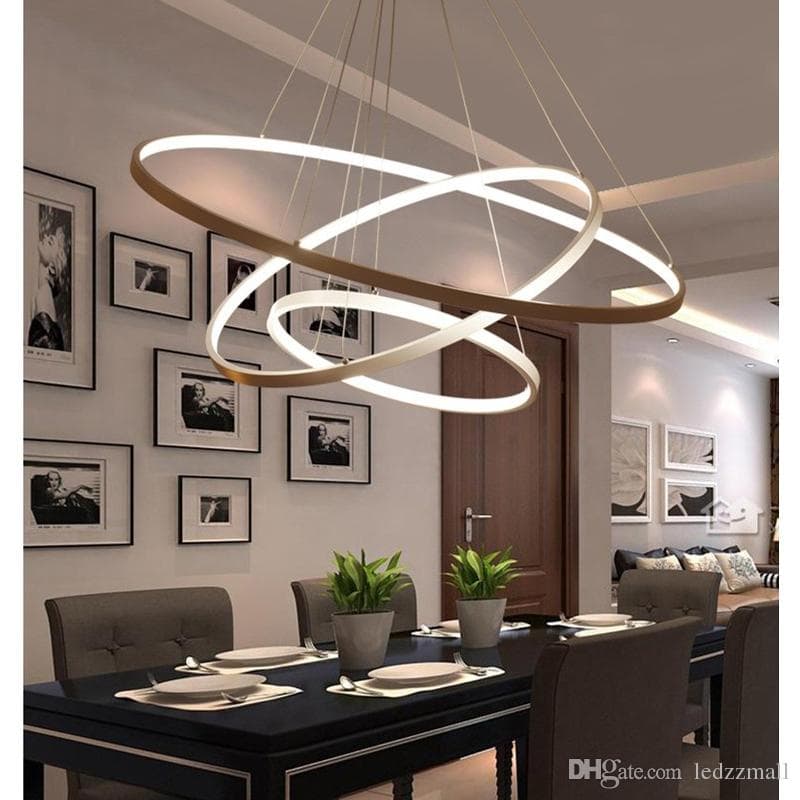5 Creative Interior Design Hints
When it comes to organizing the interior of your house or apartment, you don’t have to be eccentric, Danish, and oddly dressed in order to know what is good and what is not good for your place. (Although having the aforementioned attributes would probably help, to be fair.)
That said, one of the most important things to remember when it comes to interior design would be the fact that unless you’ve made holes in your roof and walls where chilly air and rain can come in, you can’t really make a mistake. You can customize your rooms to your heart’s content and as long as the design you come up with looks beautiful, you will have completed your mission successfully, so to speak.
In this article, we’re going to talk about some general rules of interior design, so that you can have a clearer idea of what to go for when you do decide on a theme to go for. As you will see, building up your home interior from scratch doesn’t have to be a nightmarish project that keeps changing all the time. If you understand these basic concepts, you’ll be able to make the right call for the sort of furniture arrangement you fancy.
Right then, folks, here’s the deal.
5 Creative Interior Design Hints
1) Experiment with Space

… but not outer space, obviously. More in the sense of the square meters you have at your disposal.
So, the overall goal with space and interior design would be to strike the fine balance between filling your empty space with objects and then leaving some of the floor free in order to make the room appear more, well, roomy. (Also, you’ll decrease the traffic pressure, because you, your kids, and your pets won’t be all bumping on each other every time you try to make it past the crevice between the sofa and that immense closet.)
The first step with interior design, thus, should be to carefully consider how much space you have and how much of it you should leave uninhabited, so to speak.
2) Lighting

What’s the use of installing a beautiful multi-colored mural across an entire wall in your living room if there’s no light in the house to make it visible? (Or at least sufficiently visible. A dim light can sometimes make quite an interesting atmosphere indoors, if handled correctly.)
Bringing some light into your living room can be done in two main ways.
The first way would be to simply install big windows, so that the sun rays can penetrate the glass and shine on the objects and people indoors. On the other hand, if your house is awkwardly positioned, or installing extra-large windows would be too expensive for you, you can always bring in some artificial light to compensate for the lack of natural sunshine.
Remember, no matter how pretty the chairs are that you bought, it won’t matter if you can’t represent them in their full glory in a well-lit environment.
3) Materials

Here’s another important aspect of decking your house interior with various objects – the material these objects and pieces of furniture are made of.
For example, a great starting point would be to get a bunch of wooden chairs and a wooden table. You can even get these cheap from a local second-hand market, and then you can have loads of fun repainting these to the sort of hue you like the best.
Also, another great material to look out for would be metal. Well-known and beloved for its malleability and toughness, metal has always been a part of our households, whether in shape of some bar stools, or as a slim table with a glass top on. Another great thing about it is that you can get metal pieces of furniture and other household objects literally everywhere, and there’s a fair deal of artisans who make these, too. Custom sheet metal experts, for example, can make you a variety of exciting metal objects that can become an integral part of your household arrangement.
4) Color Patterns

… is probably the part of interior design that leaves you with the most options to choose from.
Whether you like patterns, plain white walls, or large-scale paintings or even murals that run across your entire wall, you can always get a can of paint, a couple of brushes and rollers, and then get to work.
Of course, if you’re not really the most talented artist you know, you can always invite a friend or call in someone with an art degree that would be able to do this job for you.
The good news, overall, is that you can’t really go wrong no matter what sort of color pattern you go for, as long as it suits your overall style.
5) Lines as a Designing Tool

This would probably be somewhat of a pro tip, but if you do have some experience with architecture, or would, at least, be willing to try – you can use different sorts of line to achieve certain indoor effects.
For example, plenty of horizontal lines makes the atmosphere of sedateness and order. (Bookshelves and beds.) Vertical lines speak of progress (Stairs, window panes…), while curved and diagonal lines represent a wild card you can play to make your place more fun.
The bottom line, interior design doesn’t need to be too complex or artsy in order to be fun and innovative. As long as you follow your own sense of style and fit the house the way you like it to be, while following the aforementioned hints, chances are – you will do a good job.
 Author Bio; Zac Walker is a teacher, an interior design enthusiast and a part-time writer.
Author Bio; Zac Walker is a teacher, an interior design enthusiast and a part-time writer.
Let us help you find your best style!
Fine Home Lighting and Fine Home Lamps are committed to providing customers with fine quality home accessories at the best possible prices along with providing knowledgeable and responsive customer service.
About Fine Home Lighting and Fine Home Lamps
FineHomeLamps.com has been in operation since early 2009. We carry over 10,000 hand-selected home accessories such as table lamps, floor lamps, chandeliers, including wall mirrors, wall clocks. and wall art. We continually expand our inventory in order to provide additional choices for our customers.












Leave a Reply